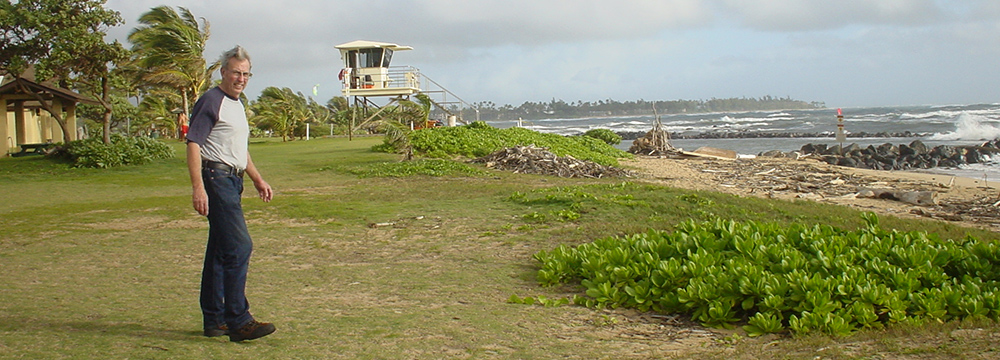GOSPEL MEDITATION
Hebrews 10:1–18
Find a quiet place, alone and apart from distractions. Be comfortably alert, still, and at peace. Say the Lord’s Prayer. Sing or cant the Jesus Prayer. Pray for family, friends, neighbors, and yourself. Slowly and carefully read the passage of Scripture. Recommended Passages: Psalm 40:6–8; Jeremiah 31:31–34; Phil. 2:5–11; Rev. 12:7–12.
1. This letter (epistle in Greek) is addressed to Jewish Christians, likely second-generation Christians and likely living in Rome. At this point in history there is no Bible or collection of writings of the original apostles or their disciples.
2. The author of Hebrews wants his readers to know that there is no longer any need for daily and yearly sacrifices of animals to be made at the temple. (There is a debate as to whether the Temple in Jerusalem yet stood or if the dating of the letter was after 70CE.)
3. One thing is clear, the “blood of bulls and goats” cannot cover or take away sin. Psalm 40:6–8, written 1000 years earlier teaches this very thing.
4. The daily and yearly (Yom Kippur) sacrifices are prophetic, a looking ahead to the one supreme sacrifice, the Messiah who is both priest and king.
5. The work of Christ stands forever. And those in Christ have had their sin, shame, and guilt forever taken away.
6. Now we are in “waiting” until all the enemies of Messiah Jesus are completely defeated, and by this is meant not only Satan and the entire demonic kingdom but death itself, that eternal separation from the presence of God.
7. The author of our passage points, as before, to the prophet Jeremiah and the passage 31:33–34, clearly one of the most incredible verses in the Hebrew Bible. And the key statement is: “I will remember their sins and lawless deeds no more.” Herein is the core meaning of what we call “Amazing Grace.”
